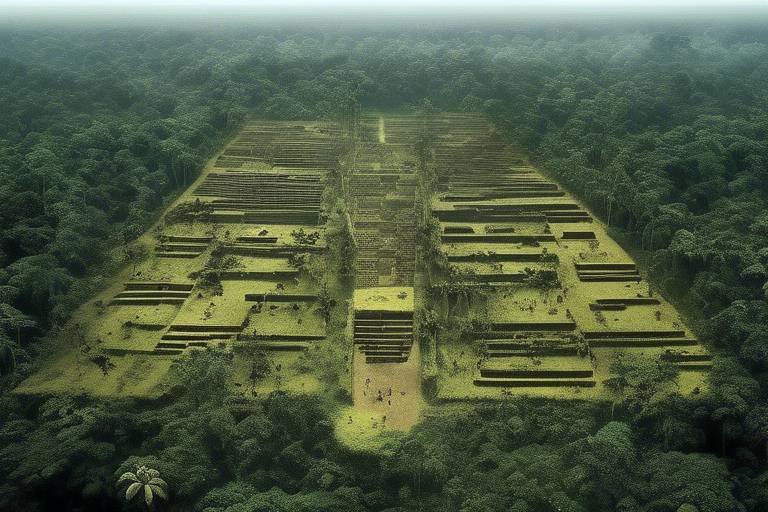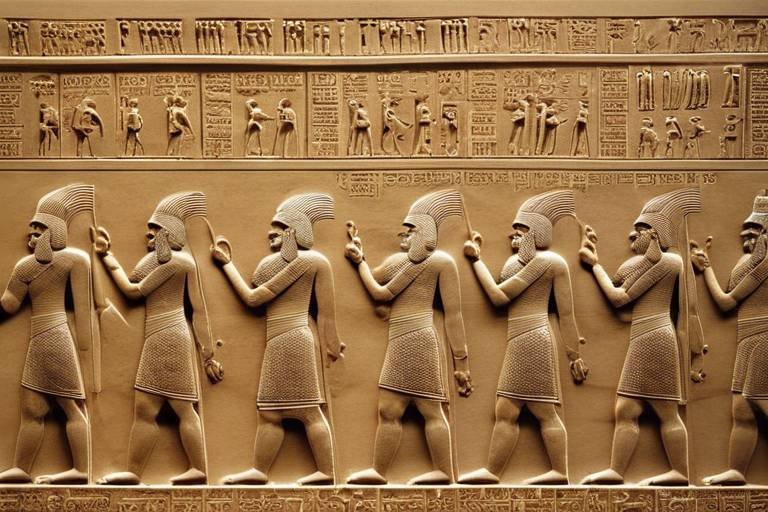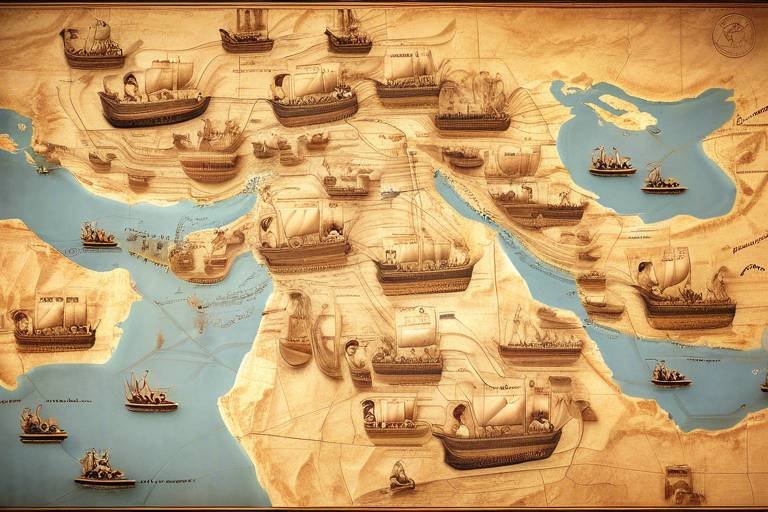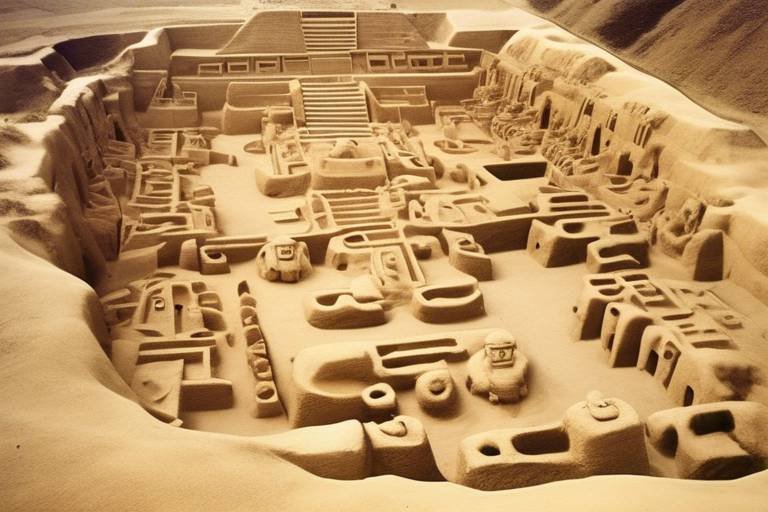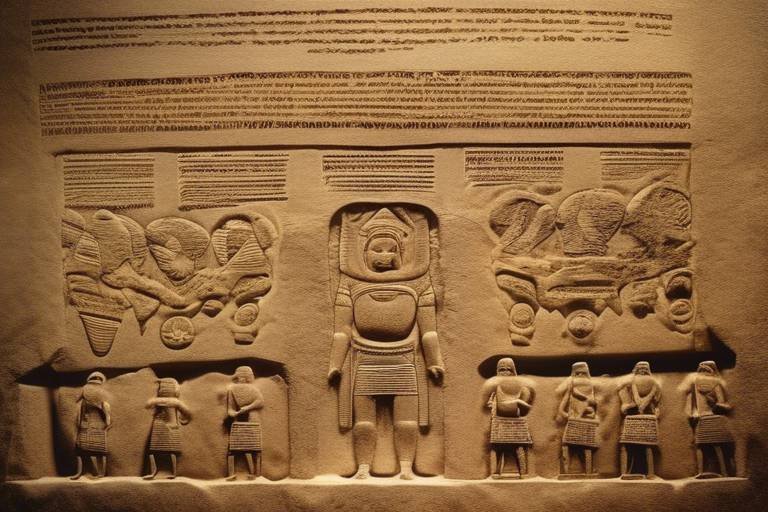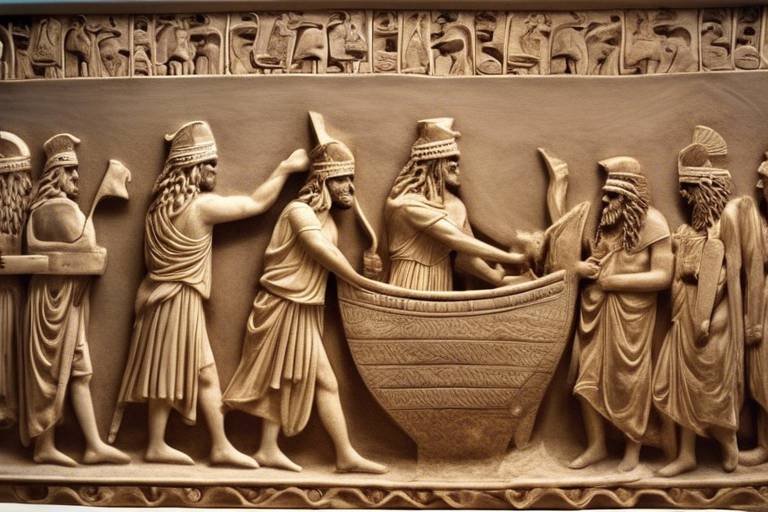The Rise and Fall of the Tang Dynasty - Insights
The Tang Dynasty, a pivotal period in ancient Chinese history, witnessed a remarkable journey from its foundation to its eventual decline. This dynasty, known for its cultural richness and military prowess, left a lasting impact on the course of Chinese civilization. The rise of the Tang Dynasty marked a period of stability and prosperity, characterized by significant advancements in various fields.
Established in 618 AD, the Tang Dynasty saw a series of capable rulers who implemented effective governance and promoted economic growth. The early years of the dynasty laid the foundation for its later achievements, setting the stage for a golden age that would shape the future of China.
During its peak, the Tang Dynasty flourished in art, literature, and innovation, fostering a vibrant cultural scene that influenced generations to come. The dynasty's support for creativity and intellectual pursuits led to remarkable advancements in poetry, painting, and technology, creating a legacy that endures to this day.
However, the Tang Dynasty also faced numerous challenges, including internal strife, external threats, and rebellions that tested its stability. Despite its military strength and diplomatic prowess, the dynasty struggled to maintain control over its vast territories, leading to periods of unrest and decline.
Foreign relations played a crucial role in shaping the fate of the Tang Dynasty, as diplomatic alliances and conflicts with neighboring states influenced its political landscape. The dynasty's interactions with foreign powers reflected its strategic priorities and the complexities of maintaining power in a rapidly changing world.
As the political landscape shifted and internal divisions grew, the Tang Dynasty began to experience a decline marked by political corruption, economic difficulties, and military setbacks. These factors, combined with external pressures, contributed to the eventual downfall of the dynasty, bringing an end to an era of great achievements and profound cultural influence.
Despite its eventual decline, the Tang Dynasty's legacy endures in the annals of Chinese history, shaping the cultural identity of the nation and influencing subsequent dynasties. The lessons learned from the rise and fall of the Tang Dynasty continue to resonate, offering valuable insights into the complexities of governance, diplomacy, and societal change.
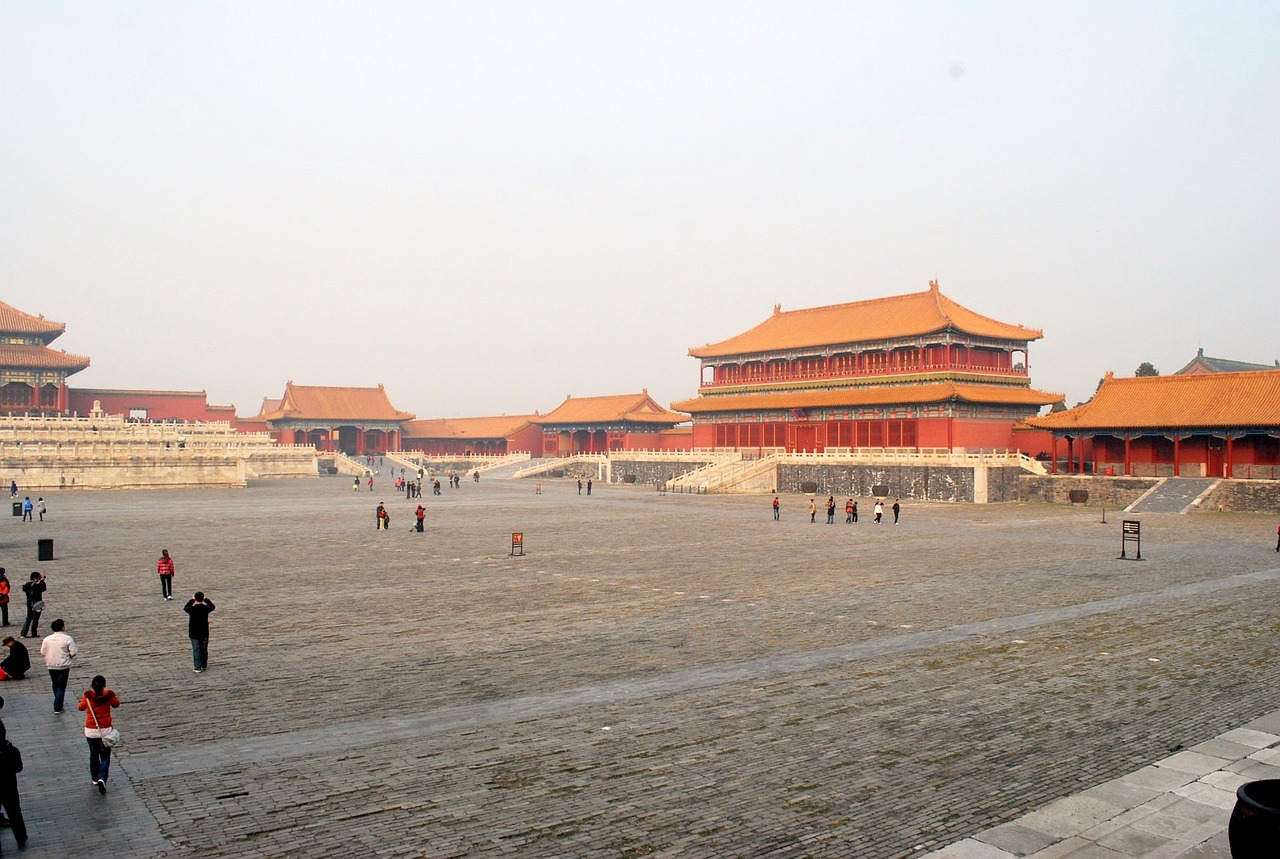
Foundation of the Tang Dynasty
Exploring the historical timeline, achievements, challenges, and ultimate decline of the influential Tang Dynasty in ancient China.
The Tang Dynasty, one of the most remarkable periods in Chinese history, was founded in 618 AD by Emperor Gaozu, also known as Li Yuan. Emerging from the Sui Dynasty's collapse, the Tang rulers implemented effective governance and military strategies that solidified their power. The early Tang emperors, including Taizong and Gaozong, played crucial roles in establishing a stable foundation for the dynasty's growth and prosperity.

Golden Age of the Tang Dynasty
The Golden Age of the Tang Dynasty marks a period of unparalleled prosperity and cultural flourishing in ancient China. During this time, the Tang Dynasty reached its peak in terms of economic wealth, military power, and artistic achievements. The reign of emperors like Emperor Taizong and Empress Wu Zetian saw a remarkable expansion of territory, bringing stability and wealth to the empire.
One of the key aspects that defined the Golden Age was the vibrant cultural scene. The Tang Dynasty was known for its patronage of the arts, leading to a renaissance in Chinese poetry, painting, and music. The era produced literary giants like Li Bai and Du Fu, whose works are still revered today. Additionally, advancements in technology, such as printing and papermaking, revolutionized communication and knowledge dissemination.
Economically, the Tang Dynasty thrived due to extensive trade along the Silk Road, connecting China to the Middle East and Europe. This trade network not only brought exotic goods and wealth to the empire but also facilitated cultural exchange and the spread of ideas. The capital city of Chang'an became a cosmopolitan hub, teeming with merchants, scholars, and foreign envoys.
Militarily, the Tang Dynasty boasted a formidable army that expanded the empire's borders and ensured internal security. The military prowess of the Tang forces was evident in successful campaigns against neighboring kingdoms and nomadic tribes. The Tang army's discipline and organization were key factors in maintaining the empire's dominance during this period.
Overall, the Golden Age of the Tang Dynasty was a time of unprecedented prosperity and innovation, where the arts, economy, and military prowess flourished. This era left a lasting legacy on Chinese history and culture, shaping the identity of the nation for centuries to come.

Challenges and Rebellions
The Tang Dynasty, despite its remarkable achievements, faced numerous challenges and rebellions that tested the strength of its rule. One of the major internal challenges was the **An Lushan Rebellion**, a devastating uprising led by the general An Lushan in the mid-8th century. This rebellion not only caused widespread destruction but also weakened the central authority of the Tang government.
Moreover, **political corruption** and **inefficient governance** plagued the later years of the dynasty, leading to a decline in the effectiveness of the imperial administration. The **economy** also suffered setbacks due to factors such as **overreliance on the land tax** and **inefficient distribution of resources**, contributing to internal unrest.
Externally, the Tang Dynasty faced **constant threats from nomadic tribes** such as the **Tibetans** and the **Uighurs**, who frequently raided the northern borders of the empire. These incursions put a strain on the military resources of the dynasty and further exacerbated its vulnerabilities.
Furthermore, **rebellions** within the empire, such as the **Huang Chao Rebellion** in the 9th century, highlighted the growing dissatisfaction among the populace towards the ruling elite. The inability of the Tang government to effectively quell these uprisings reflected the weakening grip of the central authority.
In response to these challenges, the Tang Dynasty implemented various **reforms** and **military campaigns** to restore stability and strengthen its position. However, despite these efforts, the cumulative impact of internal strife and external threats ultimately contributed to the gradual decline and eventual fall of this once-mighty dynasty.
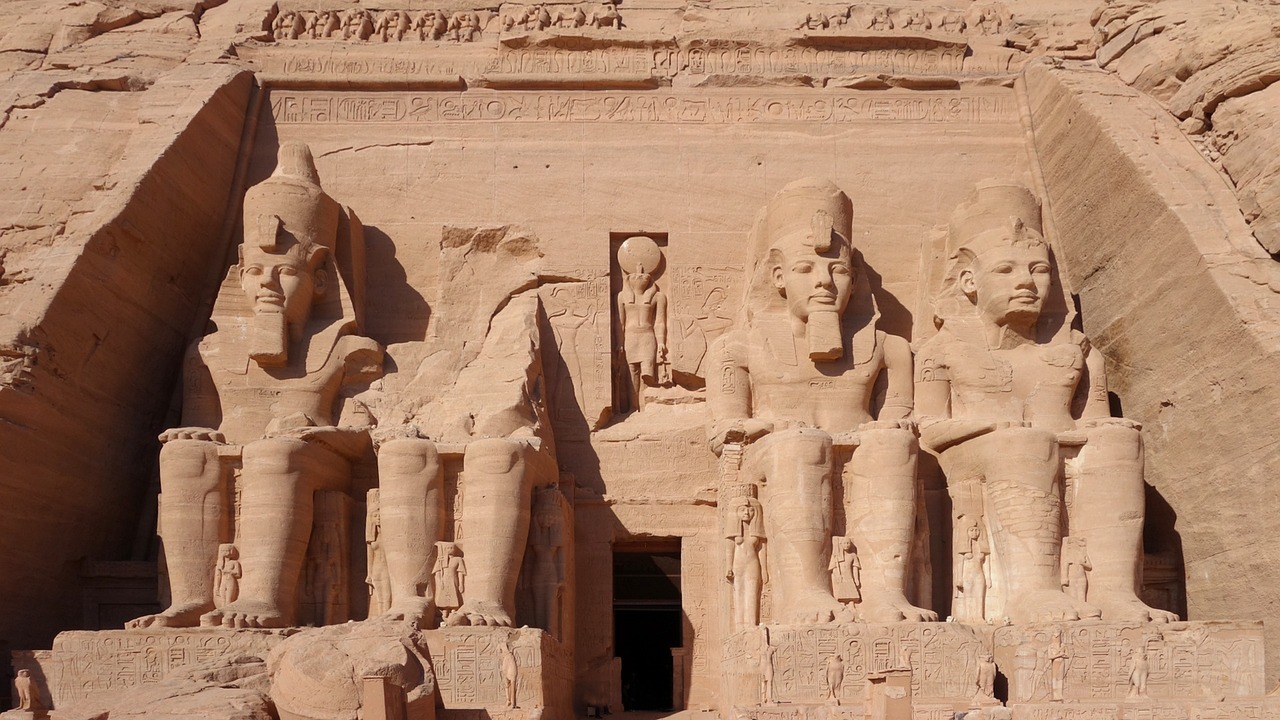
Foreign Relations and Diplomacy
Foreign relations and diplomacy played a crucial role in shaping the trajectory of the Tang Dynasty. The Tang rulers employed a sophisticated diplomatic strategy to maintain stability and expand their influence in the region. Through strategic alliances and trade agreements, the Tang Dynasty established strong relationships with neighboring states and foreign powers, fostering a climate of cooperation and mutual benefit.
One of the notable diplomatic achievements of the Tang Dynasty was the establishment of the Silk Road, a network of trade routes that connected China with Central Asia, the Middle East, and even Europe. This facilitated the exchange of goods, ideas, and cultures, contributing to the prosperity and cultural richness of the empire.
Furthermore, the Tang Dynasty actively engaged in diplomatic missions and cultural exchanges with countries such as Japan and Korea, promoting goodwill and fostering diplomatic ties. These interactions not only strengthened political alliances but also facilitated the spread of Chinese culture and influence beyond its borders.
In dealing with nomadic tribes on the northern frontier, the Tang Dynasty employed a combination of military force and diplomatic negotiations to maintain peace and secure the borders. The successful management of these complex relationships allowed the Tang Dynasty to safeguard its territories and resources, ensuring stability and prosperity within the empire.
However, despite its diplomatic achievements, the Tang Dynasty also faced challenges in maintaining foreign relations. Conflicts with neighboring powers, such as the Tibetan Empire and the Umayyad Caliphate, posed threats to the empire's security and stability. The Tang rulers had to navigate intricate political landscapes and balance competing interests to protect their interests and uphold their status as a dominant regional power.
In conclusion, the foreign relations and diplomacy of the Tang Dynasty were instrumental in shaping its legacy and impact on the global stage. By leveraging diplomatic prowess, forging strategic alliances, and engaging in cultural exchanges, the Tang Dynasty established itself as a formidable force in the ancient world, leaving a lasting imprint on Chinese history and international relations.

Art, Literature, and Innovation
Art, literature, and innovation flourished during the remarkable reign of the Tang Dynasty, leaving a lasting impact on Chinese culture and history. The Tang Dynasty was a beacon of creativity and progress, fostering a rich artistic environment that influenced generations to come. Through the patronage of the imperial court, artists and scholars thrived, producing masterpieces that reflected the sophistication and elegance of the era.
One of the most notable achievements of the Tang Dynasty was the development of Tang poetry, which reached its pinnacle with renowned poets like Li Bai and Du Fu. Their lyrical verses captured the essence of nature, love, and life, setting a standard for poetic excellence that resonates to this day. Tang poetry remains a cherished treasure of Chinese literature, showcasing the poetic genius of the era.
Artistic endeavors extended beyond poetry, as Tang artists excelled in painting, sculpture, and calligraphy. The Tang Dynasty witnessed the emergence of exquisite Tang tri-color pottery, depicting scenes of daily life and mythological creatures with vibrant colors and intricate designs. This artistic innovation reflected the cultural vibrancy and creativity of the time, leaving a visual legacy that continues to inspire admiration.
In the realm of innovation, the Tang Dynasty made significant strides in technology and engineering. The era saw advancements in agricultural techniques, such as the widespread use of the iron plow, which revolutionized farming practices and increased agricultural productivity. Additionally, the Tang Dynasty's mastery of metalworking and ceramics paved the way for groundbreaking inventions like the printing press and gunpowder, transforming the technological landscape of ancient China.
The Tang Dynasty's emphasis on art, literature, and innovation not only enriched its own society but also influenced neighboring regions and future generations. The legacy of Tang artistic achievements, literary masterpieces, and technological innovations endures as a testament to the cultural brilliance and ingenuity of one of China's most illustrious dynasties.

Decline of the Tang Dynasty
The decline of the Tang Dynasty marked a tumultuous period in the history of ancient China, signaling the end of a once-powerful empire. Several interconnected factors contributed to the downfall of this influential dynasty, ranging from political turmoil to economic instability and military defeats. One of the primary reasons behind the decline was the rampant political corruption that plagued the imperial court, leading to a loss of trust among the population and weakening the central authority.
Furthermore, the Tang Dynasty faced significant economic challenges, including unequal distribution of wealth, heavy taxation, and inflation, which strained the empire's resources and undermined its financial stability. These economic hardships not only affected the livelihood of the common people but also eroded the government's ability to effectively govern the vast territories under its control.
Militarily, the Tang Dynasty suffered a series of defeats against external threats, particularly from nomadic tribes such as the Uighurs and Tibetans, as well as incursions from the expanding Arab and Turkic forces. These military setbacks not only drained the empire's military resources but also exposed its vulnerability to foreign invasions, further weakening its grip on power.
Internal rebellions also played a crucial role in the decline of the Tang Dynasty, with regional warlords and disgruntled factions challenging the central authority and fragmenting the empire into smaller, warring states. The inability of the imperial government to quell these rebellions effectively contributed to the disintegration of the once-unified empire.
As the political, economic, and military crises intensified, the Tang Dynasty gradually lost its grip on power, leading to a period of chaos and instability that ultimately culminated in the dynasty's collapse. The decline of the Tang Dynasty serves as a cautionary tale of the consequences of unchecked corruption, economic mismanagement, and military weakness in a once-flourishing empire.

Legacy of the Tang Dynasty
The continues to reverberate through the corridors of Chinese history, leaving an indelible mark on the nation's cultural tapestry and governance structure. The dynasty's reign, spanning over two centuries, left behind a profound legacy that shaped the course of China's future dynasties and modern society.
One of the most enduring legacies of the Tang Dynasty lies in its cultural influence. The era was marked by a flourishing of art, literature, and philosophy, with renowned poets like Li Bai and Du Fu leaving an everlasting impact on Chinese poetry. The Tang Dynasty's patronage of the arts led to a golden age of creativity, influencing generations of artists and writers to come.
Furthermore, the Tang Dynasty's governance structure set a precedent for future dynasties. The implementation of a centralized bureaucracy, civil service exams, and a legal code laid the foundation for a more efficient and meritocratic system of governance. These administrative reforms had a lasting impact on China's political landscape, shaping the way future rulers governed the nation.
Trade and commerce flourished during the Tang Dynasty, facilitated by the Silk Road and maritime routes that connected China to distant lands. The dynasty's economic prosperity not only enriched the nation but also fostered cultural exchange with foreign civilizations. This era of economic growth and innovation left a lasting legacy on China's trade relationships and economic policies.
Moreover, the Tang Dynasty's military achievements and strategic prowess influenced the nation's defense strategies for centuries to come. The dynasty's successful campaigns and military innovations set a benchmark for future military leaders, shaping the way China defended its borders and projected power in the region.
In conclusion, the legacy of the Tang Dynasty is a multifaceted tapestry of cultural, political, and economic advancements that continue to shape China's identity and trajectory. By delving into the legacy of this illustrious dynasty, we gain a deeper understanding of the forces that have shaped China's rich history and enduring resilience.

Historical Significance and Lessons
The Tang Dynasty holds immense historical significance as one of the most prosperous and influential periods in Chinese history. Its legacy continues to shape China's culture, governance, and societal norms to this day. The Tang Dynasty's advancements in art, literature, and technology set a high standard for future generations to aspire to and build upon. By fostering a culture of innovation and creativity, the Tang Dynasty laid the foundation for many aspects of Chinese civilization that endure in modern times.
One of the key lessons from the rise and fall of the Tang Dynasty is the importance of maintaining political integrity and transparency. The dynasty's decline was greatly attributed to widespread corruption among officials and the ruling elite, leading to a loss of public trust and support. This serves as a poignant reminder of the detrimental effects of unchecked power and the necessity of upholding ethical standards in governance.
Furthermore, the Tang Dynasty's experiences with internal strife and external threats highlight the significance of unity and diplomacy in maintaining stability and security. By studying the dynasty's diplomatic strategies and foreign relations, valuable insights can be gained on how to navigate complex geopolitical landscapes and foster peaceful coexistence with neighboring states.
Additionally, the Tang Dynasty's emphasis on cultural exchange and openness to foreign ideas underscores the importance of embracing diversity and learning from different societies. The dynasty's cosmopolitan nature and vibrant cultural scene demonstrate the enriching effects of cross-cultural interactions and the benefits of embracing global perspectives.
In conclusion, the rise and fall of the Tang Dynasty offer a wealth of historical significance and valuable lessons for contemporary societies. By reflecting on the achievements and challenges of this remarkable era, we can gain a deeper understanding of the complexities of governance, diplomacy, and cultural development. The enduring legacy of the Tang Dynasty serves as a testament to the enduring impact of history on shaping our present and future.
Frequently Asked Questions
- What was the significance of the Tang Dynasty in Chinese history?
The Tang Dynasty was a pivotal period in Chinese history known for its cultural, economic, and military achievements. It marked a golden age of prosperity and innovation, influencing future dynasties and modern China.
- What were the key factors that led to the decline of the Tang Dynasty?
The decline of the Tang Dynasty was attributed to various factors including political corruption, economic challenges, military defeats, and internal rebellions. These issues weakened the dynasty and eventually led to its downfall.
- How did the Tang Dynasty contribute to art, literature, and innovation?
The Tang Dynasty was a patron of the arts, fostering creativity in areas such as poetry, painting, and technology. It promoted cultural exchanges and advancements that enriched Chinese society and influenced future artistic endeavors.
- What lessons can be learned from the rise and fall of the Tang Dynasty?
The rise and fall of the Tang Dynasty offer valuable insights into governance, diplomacy, and societal dynamics. It serves as a reminder of the importance of addressing internal challenges and external threats to maintain stability and prosperity.


